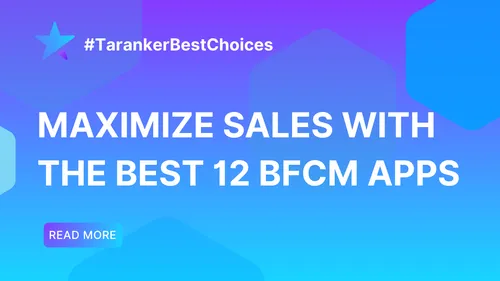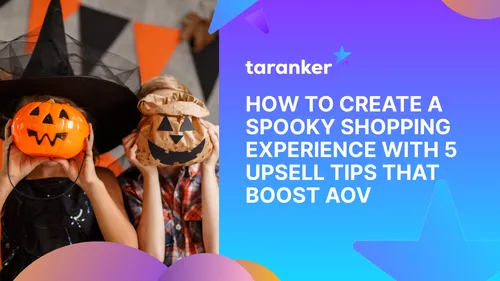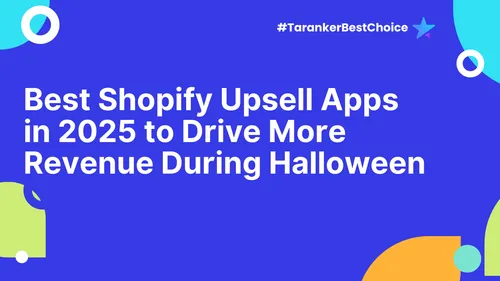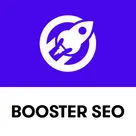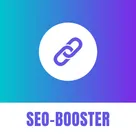Internal linking is a crucial aspect of SEO that can enhance website navigation, improve user experience, and boost page authority. This guide will provide a comprehensive understanding of internal linking strategies, their benefits, and practical tips to optimize your website's SEO performance through effective internal linking.
In the complex realm of search engine optimization, a well-implemented internal linking structure forms the backbone of a successful digital strategy. By systematically interlinking pages within your website, you're not only guiding users to related content, which enhances their journey, but also signaling to search engines the hierarchy and structure of your site's content. This visibility can directly influence page rankings and domain authority.
Understanding the nuances of internal linking begins with recognizing its multifaceted role in SEO. For instance, strategic internal links can distribute page authority across your site, ensuring that even lower-ranking pages gain visibility. Furthermore, they enable search engine bots to crawl your site more efficiently, indexing more pages and uncovering valuable content that might otherwise go unnoticed.
As you delve deeper into internal linking, you'll uncover its potential to increase the average time users spend on your site by directing them to relevant and engaging content. Employing practical tips such as contextual linking, optimizing anchor text, and using a consistent hyperlinking format can dramatically improve your website’s SEO performance.
Embark on this guide to explore actionable insights and master the art of internal linking, setting the stage for elevated search engine rankings and enhanced user satisfaction.
Understanding Internal Linking and Its Importance
Internal linking plays a pivotal role in the SEO landscape, primarily by helping search engines comprehend your website's architecture. It involves creating hyperlinks within your site that connect one page to another. This not only aids navigation but also distributes the so-called 'link juice' across different pages, enhancing their SEO value.
Proper internal linking can significantly improve user experience by guiding readers to relevant content seamlessly. Moreover, it assists search engines in determining page importance and relationship through a logical hierarchy. Key practices include using descriptive anchor texts and linking to related articles, products, or categories. By strategically interlinking your web pages, you can improve your site’s visibility, ensuring that the search engines fully recognize your robust and informative content structure.
Benefits of Internal Linking for SEO
Internal linking is a powerful aspect of on-page SEO, offering several compelling advantages. It significantly enhances site navigation, allowing users to effortlessly discover content within your site. This increased ease of access can lead to longer session durations as visitors explore additional relevant pages. Moreover, internal links help distribute page authority across your site, ensuring that crucial pages receive more visibility. Furthermore, by providing strategic content suggestions, internal linking boosts user engagement and encourages readers to delve deeper into your offerings.
- Enhanced Navigation: Seamlessly guide users through your site.
- Page Authority Distribution: Allocate link equity effectively across pages.
- User Engagement: Suggest relevant content to captivate and retain visitors.
- Improved Indexing: Facilitate better search engine crawling and indexing.
By diligently implementing these strategies, not only does user experience improve, but search engines also gain better insights into the structure and relevance of your content, ultimately enhancing rankings.
Best Practices for Creating Effective Internal Links
Effective internal linking is crucial for optimizing your website's SEO. Start by selecting relevant anchor texts that naturally incorporate keywords related to the linked content. This practice not only aids in SEO but also enhances the user experience by providing meaningful navigation cues. Ensure that links are contextually placed within the content, making them appear as an integral part of the narrative rather than forced additions. If you need to improve or adjust your content, you can easily rewrite texts to enhance clarity and engagement. This contextual placement helps search engines understand the relationship between pages.
Maintain a natural link density to keep your content readable and authoritative; avoid overloading a page with excessive internal links. Strategically use internal links to guide users toward conversion pages, making their journey through your website seamless and intuitive.
- Choose anchor texts that reflect the target page's focus.
- Contextually integrate links within your content to enrich the narrative.
- Keep link density natural to avoid diminishing content authority.
- Guide users toward conversion pages through strategic internal linking.
Tools for Internal Link Analysis and Optimization
Internal link analysis and optimization can significantly impact your SEO strategy. Utilizing tools like Google Search Console, Screaming Frog, and Ahrefs provides invaluable insights into your website's internal linking structures. These platforms offer unique features, helping to:
- Google Search Console: Identify pages with the highest clicks and impressions, enabling strategic internal link placement.
- Screaming Frog: Perform comprehensive site audits to uncover broken links and other issues, ensuring a seamless user experience.
- Ahrefs: Analyze link flow and prioritize linking from high-authority pages to boost less visible content.
These tools empower you to uncover new linking opportunities, optimizing your internal link strategy for better search engine rankings and enhanced website navigation.
Real-World Examples of Successful Internal Linking Strategies
Implementing effective internal linking can significantly impact SEO by enhancing site navigation and distributing link equity across pages. Here are real-world examples of businesses that excel in internal linking strategies:
- Wikipedia: Known for its extensive use of internal links, Wikipedia interconnects related articles, offering comprehensive paths for users and enabling search engines to understand site structure effectively.
- Amazon: Utilizes a robust internal linking strategy by displaying \"related products\" to keep users engaged and reduce bounce rates, thereby positively influencing search rankings.
- HubSpot: Intensively interlinks its content resources with blogs, articles, and guides, enhancing user experience and optimizing for search engine discoverability.
These examples demonstrate how leveraging internal linking not only improves SEO but also enhances user engagement and navigation on the site.
Common Mistakes to Avoid in Internal Linking
Internal linking is essential for effective SEO, but there are common mistakes that can undermine your efforts. Overusing links within your content not only disrupts the reader's experience but also dilutes the effectiveness of each link. It's crucial to maintain a consistent link structure, ensuring your navigational paths are logical and user-friendly. Broken links can frustrate users and negatively affect your site's authority, so regular audits are necessary to keep them in check.
- Excessive Use of Links: Avoid cluttering pages with too many internal links. Focus on strategic links that provide value to the reader.
- Inconsistent Link Structures: Maintain a logical and consistent link hierarchy. This aids in better indexation and user navigation.
- Broken Links: Routinely check for and fix any broken links to maintain site credibility and user satisfaction.
- Linking to Irrelevant Content: Ensure links are contextually relevant to the surrounding content to keep users engaged.
Spotting and rectifying these errors involves regular audits and utilizing tools like Google Analytics or Screaming Frog to monitor link performance. By addressing these common pitfalls, you can enhance your site's SEO and provide a better user experience.
Internal linking, when done effectively, can significantly enhance your site's SEO performance, user engagement, and authority. By understanding its importance, implementing best practices, and avoiding common mistakes, businesses can ensure a well-structured website that provides a seamless user experience and ranks better on search engines.
In conclusion, mastering internal linking is crucial for optimizing your website for both users and search engines. By strategically placing internal links, you facilitate easy navigation and help search engines understand the context and hierarchy of your site's content. Key strategies include:
- Ensuring all important pages are easily accessible from your homepage or main navigation.
- Using descriptive and relevant anchor text to improve user experience and search engine comprehension.
- Regularly auditing your website to identify and fix broken links or orphaned pages.
By diligently applying these practices, you not only enhance SEO performance but also increase the time visitors spend on your site, encouraging deeper engagement. As search engines continue to emphasize user-focused content, internal linking remains an essential tactic for maintaining competitiveness online.
Take action today by reviewing your internal linking strategy and implementing updates that align with SEO best practices. Your website's authority and visibility depend on how well you connect related content, ultimately enriching both user experience and search engine performance.

